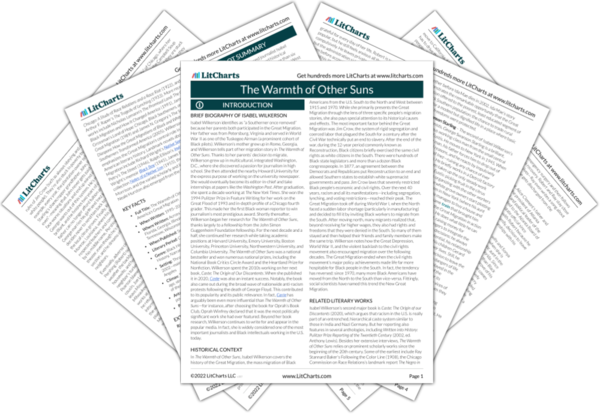While Robert’s perfectionism may cause him trouble in other parts of his life, it makes him excellent at his job. He may not have a close relationship with his family, but he certainly loves his work. Indeed, Wilkerson uses this anecdote to show why he’s such an exemplary doctor: he goes above and beyond in caring for Ray Charles. He cherishes the opportunity to witness Ray’s tour up close and knows that his friendship with Ray will enable him to move in more elite circles in Los Angeles, but this doesn’t make his dedication to his work anything less than sincere.
